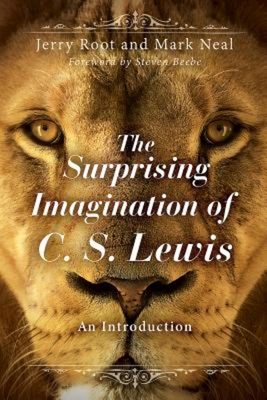Narnia, Perelandra--places of wonder and longing. The White Witch, Screwtape--personifications of evil. Aslan--a portrait of the divine. Like Turkish Delight, some of C.S. Lewis's writing surprises and whets our appetite for more. But some of his works bite and nip at our heels. What enabled C.S. Lewis to create such vivid characters and compelling plots? Perhaps it was simply that C.S. Lewis had an unsurpassed imagination. Or perhaps he had a knack for finding the right metaphor or analogy that awakened readers' imaginations in new ways. But whatever his gifts, no one can deny that C.S. Lewis had a remarkable career, producing many books in eighteen different literary genres, including: apologetics, autobiography, educational philosophy, fairy stories, science fiction, and literary criticism. And while he had and still has critics, Lewis' works continue to find devoted readers. The purpose of this book is to introduce C.S. Lewis through the prism of imagination. For Lewis, imagination is both a means and an end. And because he used his own imagination well and often, he is a practiced guide for those of us who desire to reach beyond our grasp. Each chapter highlights Lewis's major works and then shows how Lewis uses imagination to captivate readers. While many have read books by C.S. Lewis, not many readers understand his power to give new slants on the things we think we know. More than a genius, Lewis disciplined his imagination, harnessing its creativity in service of helping others believe more deeply. "Truly fresh, rhetorically astute works about C. S. Lewis are rare, but this provocative new volume by Jerry Root and Mark Neal emerges at just the right time to reinvigorate Lewis scholarship beyond the clichés we continue to repeat to each other. The Surprising Imagination of C. S. Lewis delivers just that salvo, an ingenious, empathetic, lavishly informed elucidation of Lewis's understanding of the life of the imagination." --Bruce L. Edwards, Professor Emeritus of English and Africana Studies, Bowling Green State University, Bowling Green, OH "Our grasp of 'imagination' is such a pale and paltry thing; Neal and Root offer a much-needed corrective by illustrating Lewis's robust use of the word. The happy result is a more accurate and nuanced reading of Lewis. But there is more: through their careful work, we are graced with a rich, new vocabulary to discern and describe the many uses of creative imagination all around us." --Diana Pavlac Glyer, Profe










